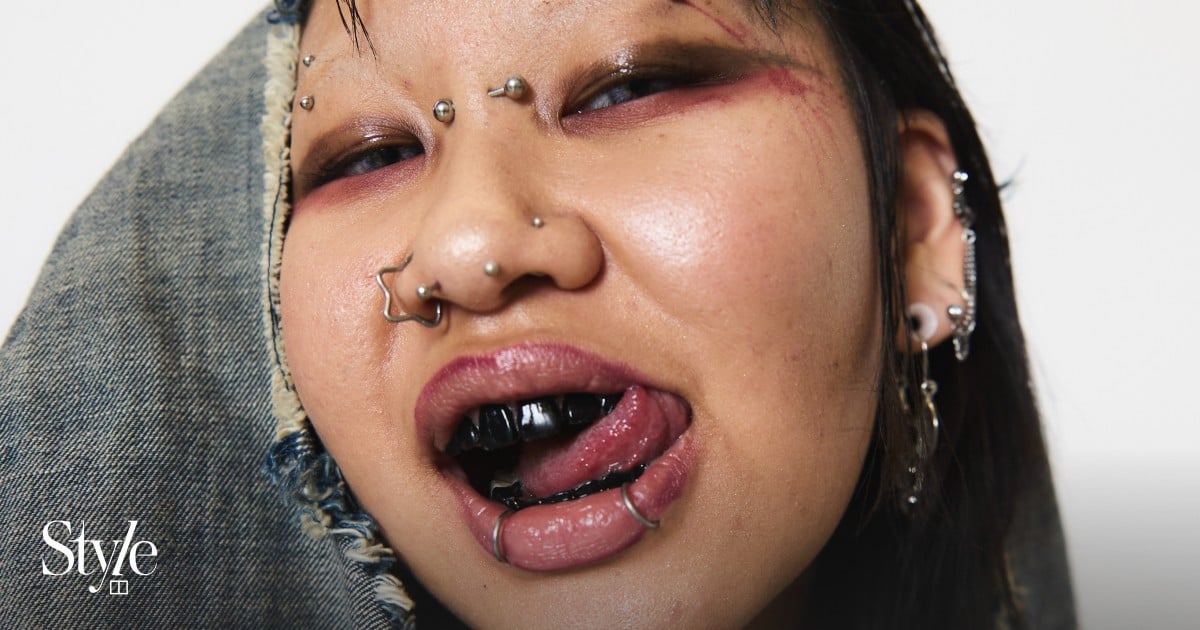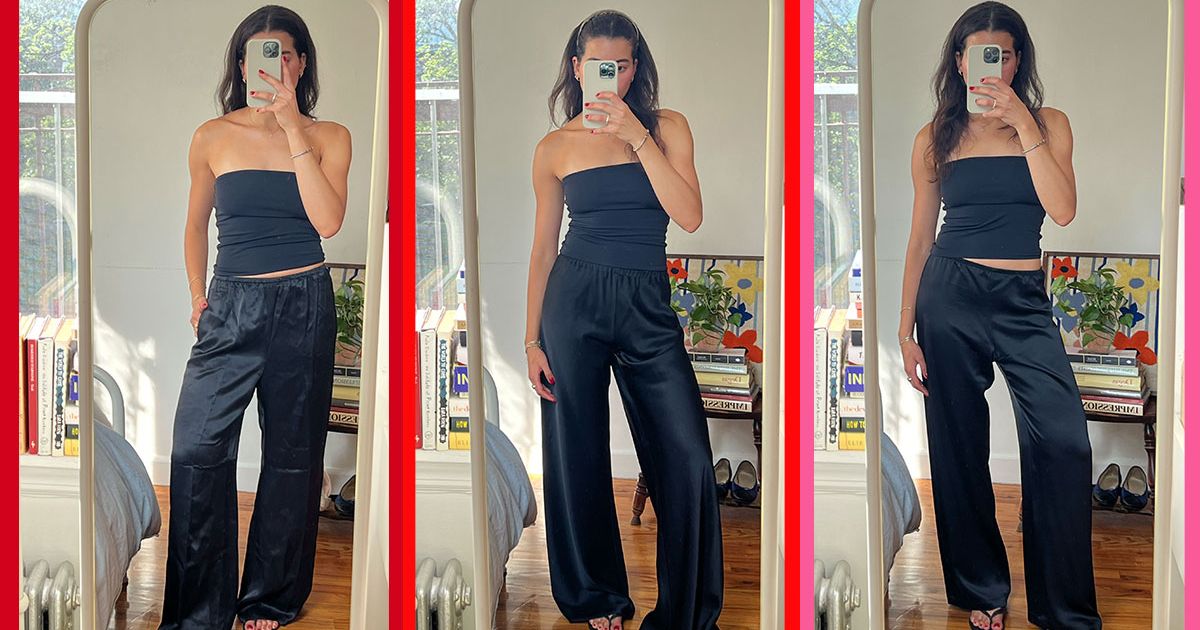A new take on a centuries-old practice
Teeth aren’t a new canvas for self-expression. We’ve become used to seeing grills and gems everywhere since about the 1980s – the trend owes much to hip-hop culture’s rich influence on fashion and music.
While less known globally, Asia’s traditions of dental adornment are no less culturally profound. Teeth blackening, in particular, has been practised for centuries and was regarded as a rite of passage, a marker of beauty, adulthood and refinement across the region, especially in Vietnam and Japan. In Japan, aristocrats stained their teeth with iron filings and vinegar in a practice called ohaguro from the 11th to 19th centuries. In Vietnam, nhuộm răng dates back to the Hùng King era (2879-258 BC) and made use of betel, charcoal and beeswax.
Shunned into near extinction, teeth blackening was mostly preserved by the elders – until artists like Sailorr, and Japanese-American creatives Sukii Baby and Molly Santana, reclaimed the practice and inspired a new generation of women.
Beauty trend and identity politics
“I’m Vietnamese-American, so I knew of teeth blackening,” says aspiring fashion designer Mou Isabel Phung. “But when I saw Sailorr and Sukii Baby mixing such an old traditional practice into modern fashion, I knew I wanted to do it as well.”


